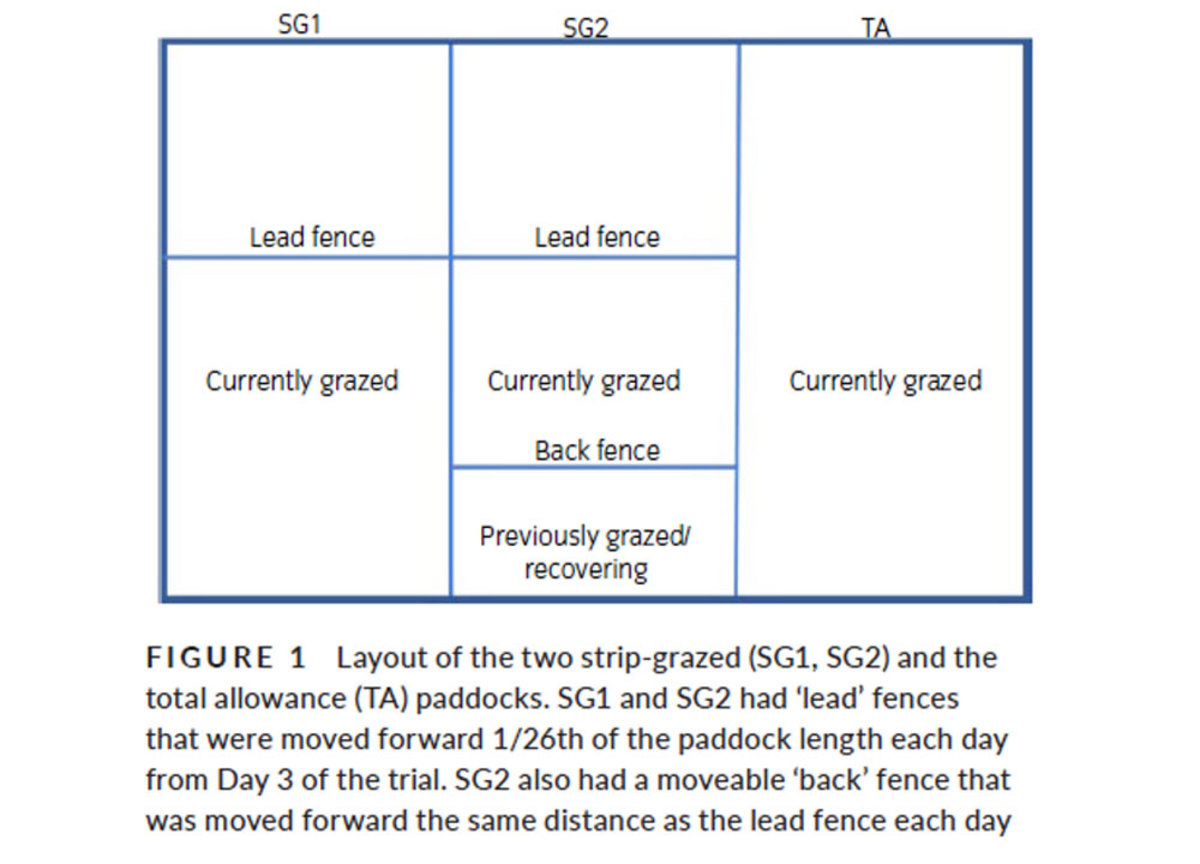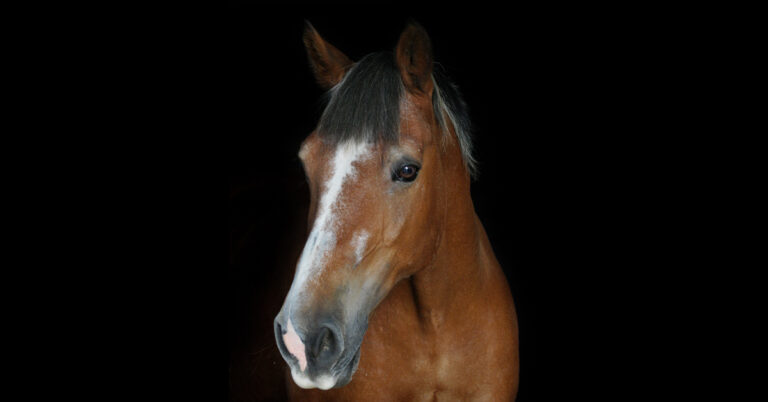
A challenging equine health issue that equine veterinarians face is how to assist their clients in managing weight in obese horses. Obesity contributes to serious health problems like endocrine dysfunction, insulin dysregulation, laminitis, orthopedic disease, infertility and poor performance.
A recent UK study evaluated different feeding methods to help with weight control [Longland, A.C.; Barfoot, C.; and Harris, P.A. Strip-grazing: Reduces pony dry matter intakes and changes in bodyweight and morphometrics. Equine Veterinary Journal 2021l; doi:10.111/evj.13416].
Three groups of four ponies with mean body condition scores of 5.41 (scale of 1-9) were separated into different feeding arrangements for 28 days:
- Total paddock area with no restriction on access to forage of heights 2.5 – 15 cm.
- Strip grazing (SG1) for gradual access to forage using a “lead” electric fence that spans the paddock width and moved each day along the paddock length to allow 1.5% of pony body weight consumption of fresh pasture. Grass in the grazed areas began at 15 cm high and was reduced to 2.5 cm high. Paddock size increased daily.
- Strip grazing (SG2) for gradual access to forage using a “back” electric fence 7-12 meters behind the “lead” electric fence and both fences are moved the same distance each day. Paddock size remained the same throughout the trial.
Grazing layout from the journal article of paddocks 10 meters wide by 75 meters long (initially)
Twelve paddocks were located side-by-side and separated via electric fence. Four paddocks were open in their entirety, four had a moveable “lead” fence, and four had both a “lead” and “back” fence.
Body condition scores, crest neck score, dry matter intake, percentage changes in body weight, heart and belly girth and rump width were compared between treatments. Feces were removed from paddocks twice each day.
By the end of the study, morphometric variables show the benefit of intake control via strip-grazing:
- Total area ponies consumed on average 2.3% of body weight compared to the strip-grazed areas that restricted pony intake to less than 1.8% of body weight.
- The total area treatment ponies increased BCS, CNS, belly girth and rump width scores compared to the strip-grazed ponies.
- SG1 ponies significantly decreased heart girth circumference despite only slight increases in body weight.
- Weight changes between SG1 and SG2 ponies were similar.
- Reduced nutritive value of pasture for the total area ponies during weeks 3 and 4 resulted in similar weight gains to the strip-grazed ponies during that time.
In conclusion, the authors stated: “Strip grazing was a useful tool to aid management of body weight and condition of pastured ponies.”








